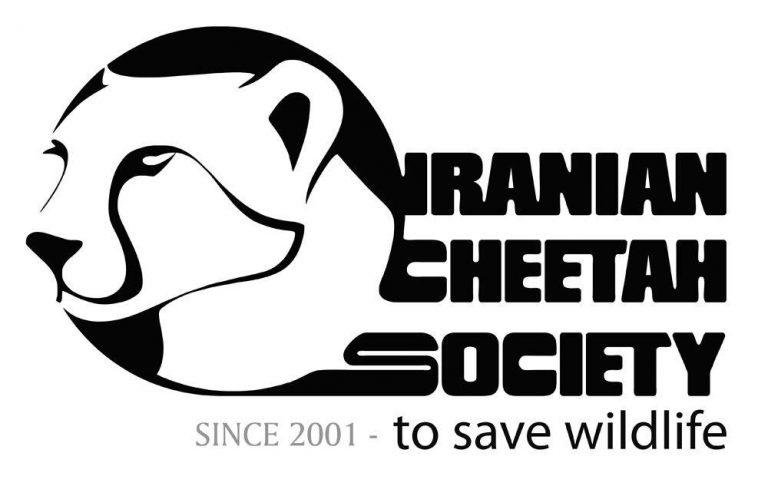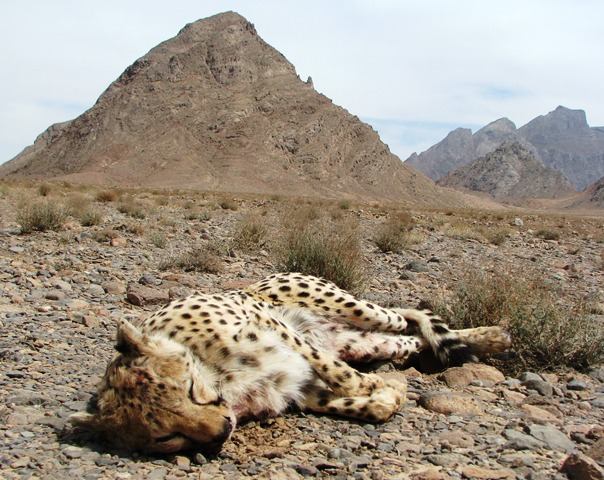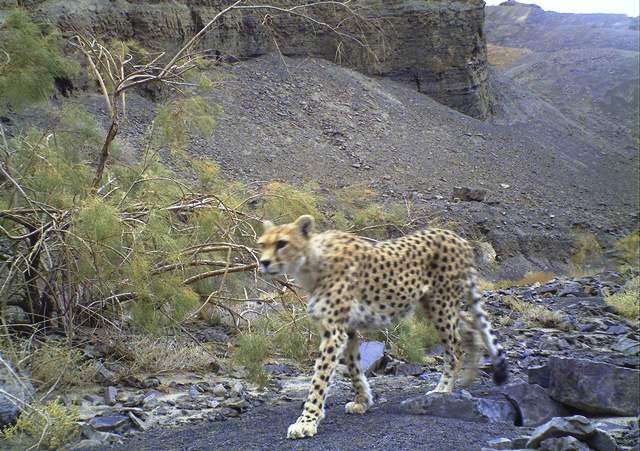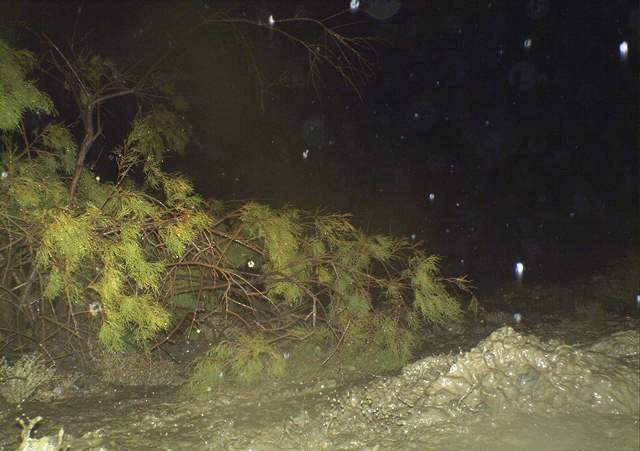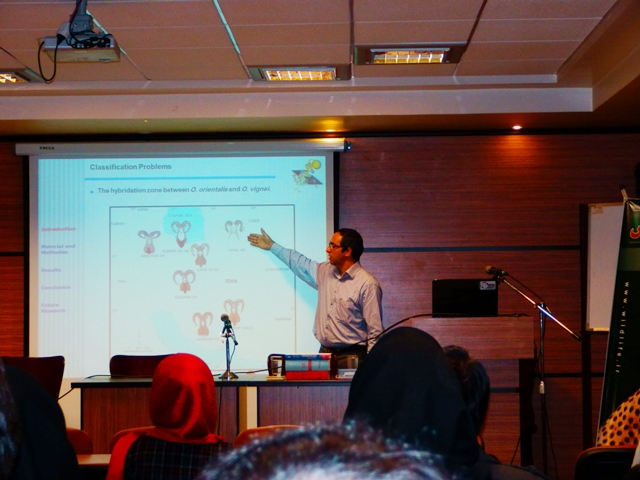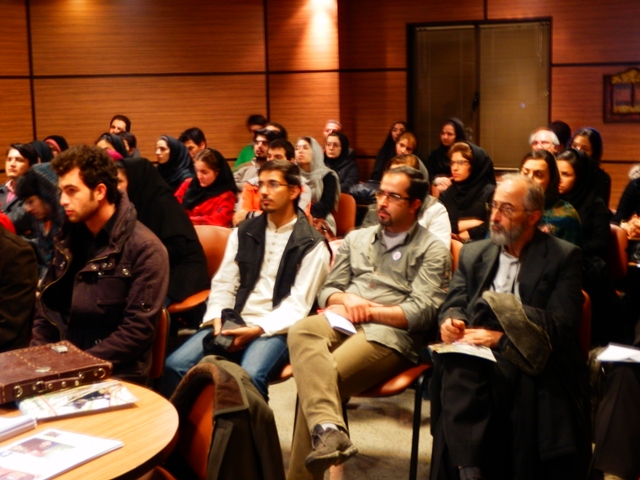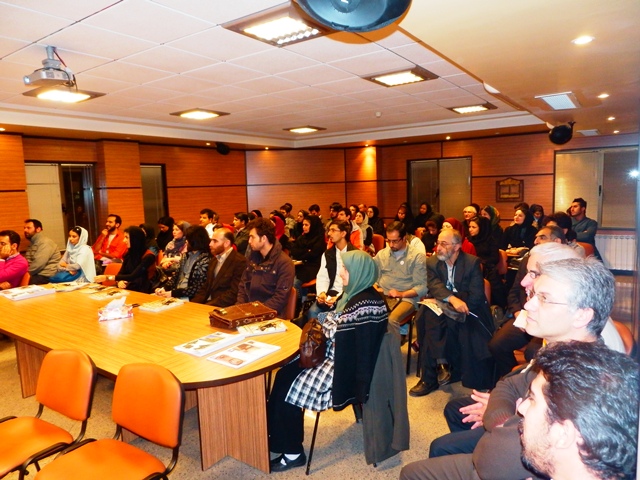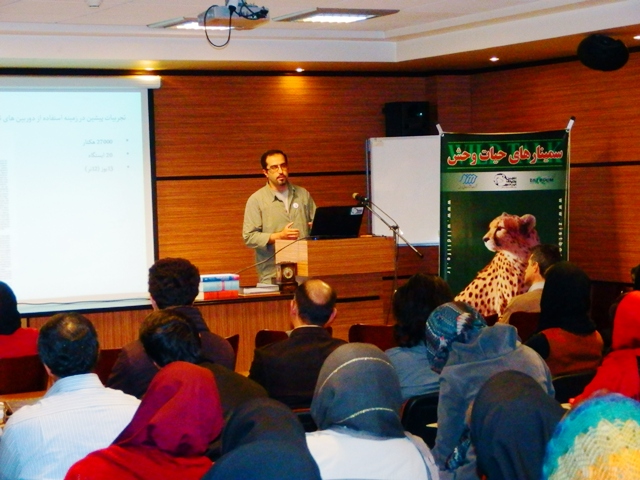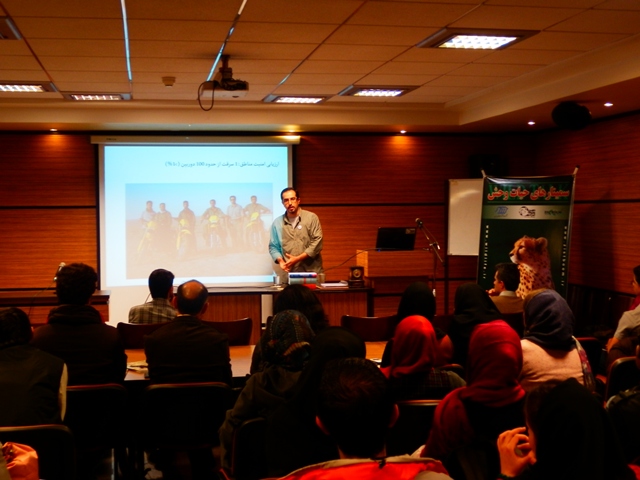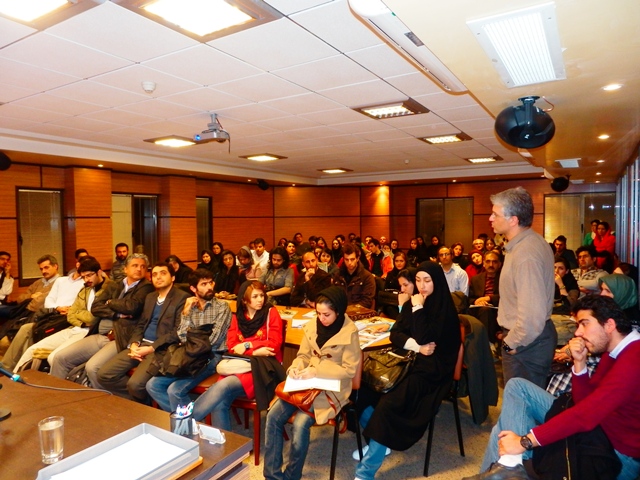As the most wide-spread large carnivore in Asia, the grey wolf inhabits vast areas of Iran which has been rarely studied in the arid areas and lack of proper knowledge can affect its protection. Thus, the Iranian Cheetah Society (ICS) implemented the first scientific survey on the species ecology in Ghamishlou Wildlife Refuge, west central Iran. According to a recent paper published by the ICS biologist, “wolves mean groups size was calculated to be around 2 with no significant seasonal and spatial difference which is one of the smallest ever documented in the world”. The grey wolves normally live in groups which their size is correlated with prey size and availability. Meanwhile, their group structure is affected by human exploitation which is considered to be remarkable in Ghamishlou.
As an area with high density of multiple species of domestic and wild ungulates, Ghamishlou is one
of the most important habitats for the grey wolves in Iran which is under protection since 1960s. You can download the paper here.
GroupSize Variation of Grey Wolf (Canis lupus) in Ghamishlou Wildlife Refuge and National Park, Esfahan (2011)“
